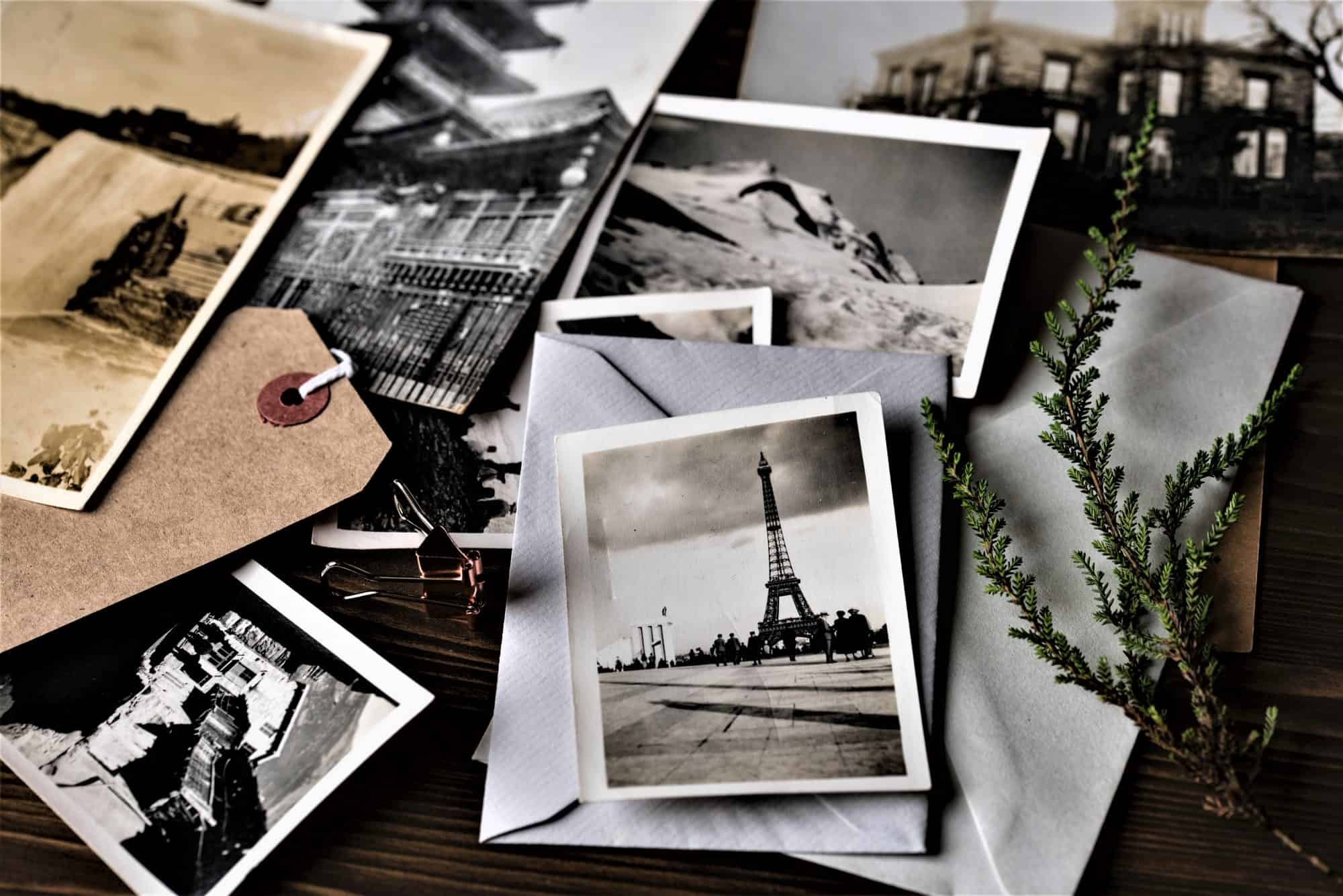Japan Press Trip Part 5
Curry was invented in India, but it is immensely popular in Japan. A travel writer tries it 4 times – once in flight, twice at Japanese run curry houses, and once at an Indian run restaurant. Which version will he like best?
During his 2 weeks in Japan, Michael Taylor tries curry 4 times – once in flight, twice at Japanese run curry houses, and once at an Indian run restaurant. What will his verdict be?
One of the most enduring aspects of Japanese culture is the abiliity to adopt something from another culture, adapt it, and turn it into something quintessentially Japanese.
Some of the more obvious examples of this are the Japanese writing system, which originated in China, and Buddhism, which originated in India.
Both underwent a total tranformation, turning them into something quite different in Japan from what they were in their countries of origin.
Curry Nation?
But what about curry? Britain has been dubbed the Curry Nation, but most of the curry shops that dot the country are run by Indian immigrants and the descendants of Indian immigrants.
While curry is sometimes thought of as the national dish, it is, essentially, an Indian import, with only minor alterations.
In Japan, however, curry has been domesticated to the point that it bears little resemblance to the curries of its native land.
Enter any curry shop, and chances are there will be one or 2 basic sauces, which are ladeled on top of everything from hamburger paddies to pork cutlets to prawns. If you look hard enough, you might even find vegetables or lamb!
When I was teaching English in Sendai, Japan, many years ago, one of the favourite items on curry house menus was steak curry, which was cooked medium rare, cut into cubes, put on top of a plate of rice, and slathered with curry sauce.
Can you imagine that being done in India, which is predominately Hindu, and where cows are sacred?
In-flight Meal
My first experience with curry on this trip is aboard a Jetstar Japan flight from Hong Kong to Osaka Kansai International Airport.
Because this is a low-cost carrier, meals are not included in the ticket price. So I pre-order chicken curry on line. It is served with white rice and vegetables. As airline food goes, it is tasty and above average. Cost: HK$70, or US$9 (wine not included).
Curry Shop Spicy Masara
I see a curry shop as I head out shopping in Kyoto, and I think, “I think I’ll return for lunch.”
When I return, I am a bit confused by the ordering system. I first have to a buy ticket from a retro ticketing machine. Then I have to hand it to a server behind a coffee shop type counter.
There are jars of cocktail onions and some pickled yellow stuff as well as pitchers of ice water on the counter.
I believe that there is basically one type of curry sauce in the kitchen, and it is poured over whatever you order, whether it is chicken, a breaded pork cutlet, fish filet, vegetables, or a hamburger paddy.
I order beef curry. It takes forever to arrive. When it does, the gravy is rich and pungent. Cost: 500 Japanese yen, or US$4.20.
Curry Shop Spicy Masara, 657 Higashi Shiokoji, Shimogyo-ku, JR Kyoto Station, Kyoto, Japan. Telephone: +81 75-352-6555.
Indy Curry House
As I emerge from my modest hotel in Osaka a few days later, I am attracted by the pungent scent of curry eminating from a modest curry house just a few steps from the hotel. It resembles a 1950s American style greasy spoon.
I go inside and peruse the menu. There are 2 large pots of curry gravy, a pressure cooker, and a deep fat frier behind the counter.
Curries run from vegetarian to chicken, hamburger paddies to prawns.
I order the pork cutlet, which the menu says is ‘low fat’. Oh really? When I see the cook drop my cutlet into the frier, I’m not so sure.
When my plate arrives, the portion is generous and the gravy is yummy. But the pork cutlet is a bit mushy, resembling mashed potatoes. Cost: 800 Japanese yen, or US$6.70.
Indy Curry House Indie Nagahoribashi, 1-19-13 Shimanouchi, Chuo-ku, Osaka, Japan. Telephone: +81 6-6258-0119.
Bombay Kitchen
A few blocks from my hotel, I stumble across an Indian restaurant that appears to be run by Indians. The set lunch looks promising. I go in and give it a try.
OMG! There is a Bollywood music video playing on the TV. An Indian couple has just finished their lunch, and they appear to be raving about the food to the waiter.
I can see a chef behind a window wielding large iron tongs over what appears to be a tandoori oven.
The set lunch includes chicken or vegetarian curry (I opt for chicken), nan, rice, padad, tandoori grill (I can choose my meat), vegetable salad, and a drink – chai, lassi, beer, or Chinese tea.
Are they serious? I choose beer. Cost: 830 Japanese yen, or US$6.95.
Bombay Kitchen, 1-17-1 Higashishinsaibashi, Chuo-ku, Osaka, Japan.. Telephone: +81 6-6245-9495.
The Verdict
This really IS a no brainer. As much as I like Indian curry with Japanese characteristics, look what I get at Indy Curry House for 800 yen (a plate of rice with a pork cutlet and curry gravy) vs what I get at Bombay Kitchen for 830 yen (a multi-course set lunch with beer).
The food at Bombay Kitchen is not only much, much better. There is also much more variety, and there is much more of it.
There is also ambiance. And the value is downright mind-boggling. If I had a few more days in Osaka, I’m sure I would eat here a few more times.
